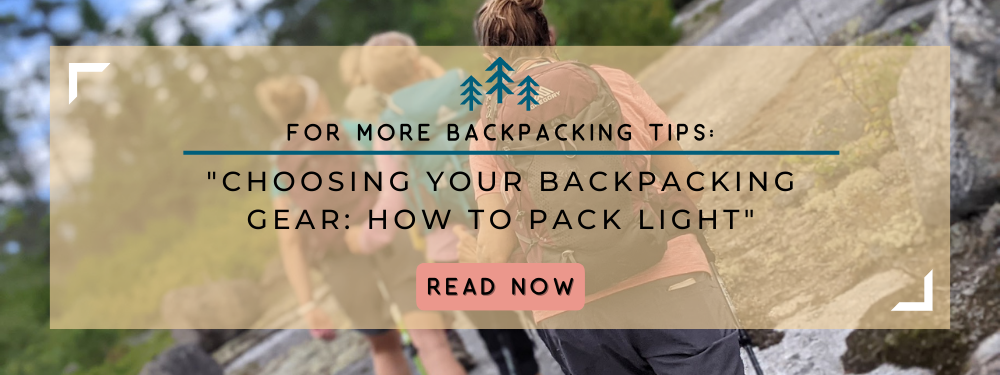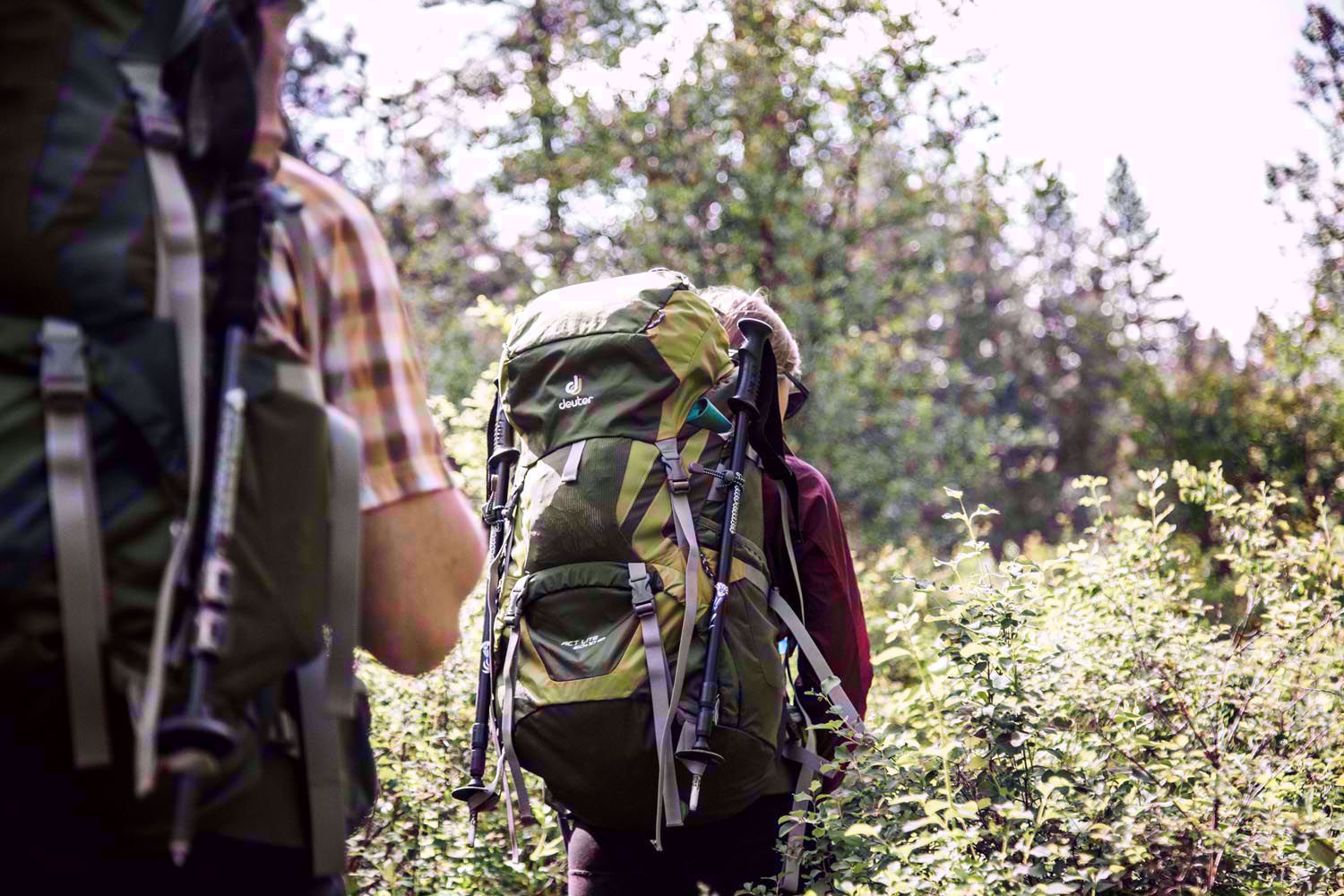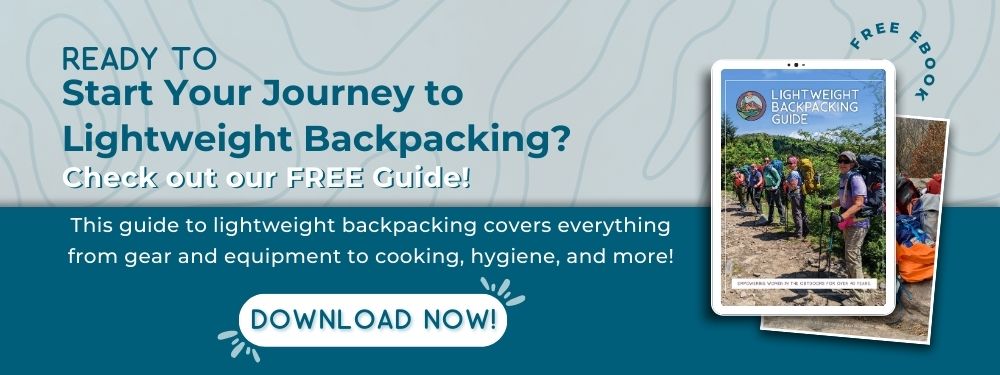If you're making the switch to lightweight backpacking, one of the easiest ways to decrease weight is to get a new tent. Yes, it can be hard on the wallet, but it can make a big difference.
Before you choose the type of tent you want, here are some things to consider.
How You'll Use Your Shelter
When do you intend to use the tent? It's hard to get a tent that's suitable year round in any condition but also lightweight. But if like most of us you're mainly thinking of backpacking during the spring, summer, and early fall, you don't need the heavy duty, double wall 4 season tents. A good three-season tent can be quite lightweight.
How much do you want to pay? The hardest part is balancing the weight with the price. Unfortunately the lightest weight tents are usually the most expensive. That being said: any solo tent that is 3 pounds or lighter is a good tent and often you may be able to find a really good deal in a very unexpected place. You can even find a popular lightweight backpacking tent (the Lanshan 2) on Amazon.
Be aware that occasionally the tents come in pieces. For example, the top and the floor may be sold separately. Not many are like this but there are a few, and when you first look at the specs, they may seem really lightweight. But in actuality there is no floor and often no rain fly so they would need to be added.
Different Types of Shelters
You do not necessarily have to purchase a tent! There are essentially 4 different types of shelters that can all be extremely lightweight setups. Here are some things to consider when deciding between a tent, a tarp, a hammock, or bivvy sack.
- Tents These have enclosed sides, floor, and a rain fly. There are 2 types of tents.
- Freestanding, which means they do not require stakes to set up and are 'stand alone' type shelters. These tents have a collapsible metal frame that helps the tent hold its shape. These shelters are usually the easiest and fastest to set up. However, due to the added weight of the metal framing that is needed to set up the tent, they can be heavier than non-freestanding tents.
- Non-free standing tents use a combination of stakes, trekking poles, and guylines to hold the tent up with tension. This makes them some of the most lightweight tents on the market, though since you need a larger surface area to stake out your tent, it can limit where you camp moreso than a freestanding tent. These tents also take a bit more 'practice' to set them up quickly.
- Tarps These are really just a big rectangle of fabric that you set up as a shelter. This is actually fun to do but does take practice. Tarps are not generally completely enclosed shelters and do not have a floor.
- Hammocks Yes, they are hammocks but they are completely enclosed (with mesh), rear entries, and a rain fly! To camp comfortably in colder weather, however, you will also need to purchase an underquilt--which hangs beneath your hammock to add insulation. This can result in some added ounces, and less room in your pack. However, hammocks are some of the most versatile shelters out there, as they can be set up anywhere you have two well-spaced trees.
- Bivvy Sacks This is a waterproof, breathable 'tiny' tent that is just big enough for you, inside of your sleeping bag. There is a structured part of the bivy sack that elevates the fabric from about your chest to over your head. These structures fit closely around the sleeping bag and there is no space for gear or sitting up.

What features do you want? There are a lot of really cool features that come with some shelters. However any feature is usually going to add weight, so a really good lightweight backpacking tent is pretty devoid of features. If the shelter you end up purchasing does have extra features (such as gear lots, extra ties, extra loop, etc) you can eliminate them and reduce the packed weight of the tent.
Additional things to consider when purchasing are the following:
- how do you get in and out
- how much head room is there
- same for foot room
- make sure that you 'fit' in the shelter. Not all 1 person tents are created equal!
- is there room for gear in the tent or is there a vestibule (this is not a necessity, but nice to have!)
- how easy is it to set up
- what kind of rain fly is there
- are there mesh panels or vented flys for ventilation to reduce condensation? Condensation is created by breathing inside the tent, which warms the air. When that warm air hits the sides of the tent, which are exposed to the chiller night air, the moisture in the air condenses out. Keeping this to a minimum reduces the moisture build up inside of your tent and keeps you and all your gear as dry as possible - a necessity in cold temperatures.
Our Lightweight Shelter Recommendations
Some of the most popular tent brands on longer trails, like the Appalachian Trail, include Zpacks, MSR, Nemo, and Big Agnes. Below, you'll find a few of the best options for lightweight backpacking tents on the market, ranked from least to most expensive.
Lanshan 2 Trekking Pole-Supported Tent
MSR Hubba Hubba
Nemo Hornet
Big Agnes Tiger Wall
A couple options for hammock camping include:
For tarps and bivvy-style shelters, it would be best to see these in person before you purchase. Your local outfitter, such as REI, should be able to help you determine if a tarp or bivvy is appropriate for the type of backpacking you plan to do. Since these can be more open to the elements, or, in the bivvy's case, so small that it requires you to have the rest of your kit dialed in, they can be less "forgiving" as shelters go.
For more reading, be sure to download our FREE lightweight backpacking guide! This ebook includes everything you need to know about lightweight backpacking, and comes with expert tips, guidance, and a packing list to help you shave ounces and pounds off our pack weight.
This blog post features some affiliate links. This means AGC gets a small commission if you make a purchase (at no extra cost to you). Thank you for the support!




